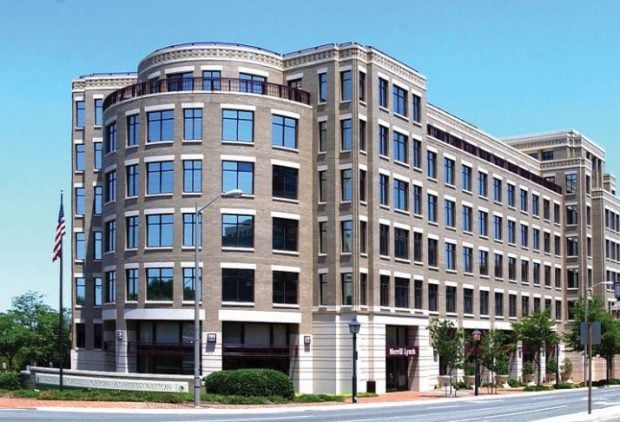Vegas, A History
Las Vegas-literally "The Meadows" in Spanish-was always an oasis in the desert.
When discovered by Spanish explorers in 1829, the lush springs and underground wells of the region offered travelers much needed respite from the harsh westward trek for California gold.
Recommended For You
In the time between Las Vegas' discovery and Nevada's eventual application for statehood, the area experienced a rocky period of state and federal conflict, and Nevada eventually became the last Western state to agree to outlaw gambling. The ban was issued on Oct. 1, 1910 and lasted until 1931, when economic times called for legislative intervention.
Thus began the legalization of Nevada's economic staple. The small but lucrative gambling industry helped raise taxes for public schooling before pulling the growing city through the Great Depression virtually unscathed.
From Goon-Town to Boom-Town
In the 1930s, when law enforcement began cracking down on organized crime and illegal betting on the East and West coasts, crime tycoons like Benjamin "Bugsy" Siegel were forced to relocate to Las Vegas, which had just lifted a two-decade ban on gambling. This, coupled with other organized crime busts and the tourism boom due to the 1935 completion of the Hoover Dam, then the Boulder Dam, offered Vegas its first opportunity to bask in the nation's spotlight.
Las Vegas was already highly accessible as the city's ideal location and resources had earlier prompted railroad barons to connect the area to east and west rail networks. The cards were dealt, the chips were down, and Vegas racked in some serious recognition as thousands flocked from crime-ridden California to try winning gold instead of mining it.
The Strip Tease
Las Vegas Blvd., formerly Highway 91 and commonly known for its 3.8-mile "strip" segment, wasn't always the center of the city's attractions. Fremont Street, named after explorer John Fremont and located just northwest of the Strip, was originally the quintessential postcard panorama of the glittering city. Dating back to when the city was founded in 1905, Fremont Street was paved 20 years later and became the home of famous casinos such as the Eldorado Club and Binion's Horseshoe.
It wasn't until 1941 and the construction of the El Rancho Vegas-now home to 19 of the world's 25 largest resort complexes-that the spotlight began to shift to its present-day position on the strip.
High-rises and High Rollers
As one of the first states to fine-tune laws on casino-style gambling, turning the negatively perceived pastime into a fair and enjoyable form of entertainment, the innovative Las Vegas grew to a modern-day metropolis.
Developers such as Wilbur Clark, Milton Prell and even late heavyweight champion of the world Joe Louis invested in large construction programs that would forever mold the visage of the city. With each decade, greater and greater numbers of rich entrepreneurs moved into Vegas, buying out old hotels and constructing still bigger complexes. Thus began the era of the mega-resorts. The first of these, The International Hotel, opened in 1969 when purchased by billionaire Kirk Kerkorian.
Today, even more influential developers such as Steve Wynn test the limits of the Strip, trying still to outdo the outdoers and bring a new kind of shine to the already fabulous Las Vegas.
© 2025 ALM Global, LLC, All Rights Reserved. Request academic re-use from www.copyright.com. All other uses, submit a request to [email protected]. For more information visit Asset & Logo Licensing.







